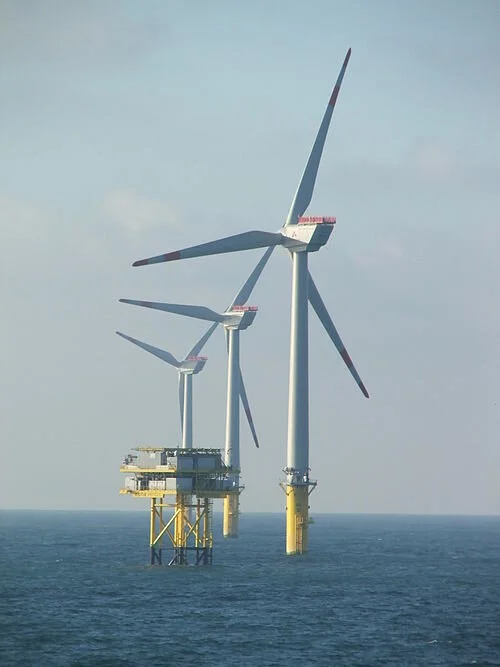Corporate “inversion’’ involves a previously U.S.-based company merging with a foreign one, reincorporating abroad and, by so doing, taking advantage of foreign corporate income-tax rates generally lower than ours. Many public companies are not paying anywhere near the 35 percent federal corporate income-tax rate because of assorted tax breaks; some companies pay no income tax because of loopholes. Still, all in all, our corporate rate is not competitive with our major foreign competitors’.
Some have called companies using inversion “unpatriotic.’’ I disagree. The senior executives and members of the boards of directors making these decisions are legally maximizing their and the company’s wealth in a partly capitalist system that, for all its faults, fuels innovation and prosperity for the entire country — over the long haul. Most individual taxpayers also try to optimize their tax situation.
And, as I have long argued, the corporate income tax is stupid, except for the lobbyists it enriches. It encourages maneuvers such as inversions. It sends jobs abroad. It supports a lobbying system in Washington that spawns corruption and makes the world’s most complicated tax system ever more complex and inefficient as corporations seek tax breaks from elected officials.
Anyway, in the end companies’ customers, employees and shareholders pay the corporate income tax. Companies just pass along the cost.
We need to end the corporate tax and enact a value-added (consumption-based) tax. We should also put personal earned income and capital gains on a more equal tax basis and maintain substantial estate taxes. The aim should be to help streamline and detoxify our tax system, encourage economic growth and at least mildly mitigate the growth of a permanent plutocracy based on inheritance.
* * *
Automation and information technology are now rapidly wiping out well-paying jobs. They’ve long been wiping out low-paying ones. Indeed, those automatic store checkout machines are starting to make inroads into one of the last few fallbacks for those with only a high-school education.
The line is that somehow the economy, blessed by ever-increasing productivity, will create a whole new wave of well-paying jobs to replace the ones killed. We’re still waiting.
Even upper-middle-class jobs are in peril. Consider lawyers, much of whose routine work can be done through computers and low-paid (by our standards) people, in, say, India. And medical equipment, nurse practitioners and ever-better prescription drugs will undermine physicians’ affluence.
Then there’s finance. Many college undergraduates, especially at elite institutions, career plan as if Wall Street were the only sure way to fortune. But they may be guessing wrong. Just because finance was the big thing in the last three decades doesn’t mean that it will be in the next 20. Many young people could find their Wall Street jobs as redundant as many jobs in manufacturing became in the ’70s. We tend to fight the last war.
Some futurists suggest plausibly that such service jobs as plumbers, electricians, gardeners and maids, along with home health-care and social workers and other counselors, may have the best chance of survival. In some fields, even the middle class will still demand personal service.
To reduce social disorder, will the government eventually establish a minimum income for those millions who truly can’t find work?
* * *
I just visited the gorgeous Thousand Islands, on the St. Lawrence River. We cruised for parts of two days in our host’s powerboat, which he keeps in a roofed marina in Clayton, N.Y., another one of those small Northeast towns whose downtowns seem to be regaining a bit of their old energy as big-box stores lose some allure to an aging population.
The vast majority of boats remained in their slips, rather than being taken out on the river, on a beautiful summer weekend. This can be explained in part by fuel costs but more, I think, by the marina’s social role. Most of these boat owners, whose age generally ranges from 50 to 80, primarily see the marina as their summer colony, with the boats (most with sleeping space for from two to eight people) as their summer bungalows.
During the short North Country season, they relentlessly schmooze with their neighbors and derive some meaning from endless boat maintenance. They live in a cozy waterborne village. What most of these people would not have liked back home — living cheek-by-jowl — they thrive in for a few weeks every summer.
* * *
We drove home through upstate New York’s Tughill Plateau, which has hundreds of wind turbines. The white wind turbines and the vivid green of the countryside, with its view of the Adirondacks, create a spectacular, if a bit eerie, landscape. Most of the farms are far better kept up than I remembered from years before — because of the fees paid to them by the utilities. A very green cash crop and no cash paid to the Mideast!
Robert Whitcomb (rwhitcomb51@gmail.com) oversees New England Diary. He is also a senior adviser and partner at Cambridge Management Group (www.cmg625.com), a health-care consultancy, a former finance editor of the International Herald Tribune, a former editor at The Wall Street Journal, a former editorial-page editor and vice president at The Providence Journal and currently a Fellow of the Pell Center for International Relations and Public Policy.






